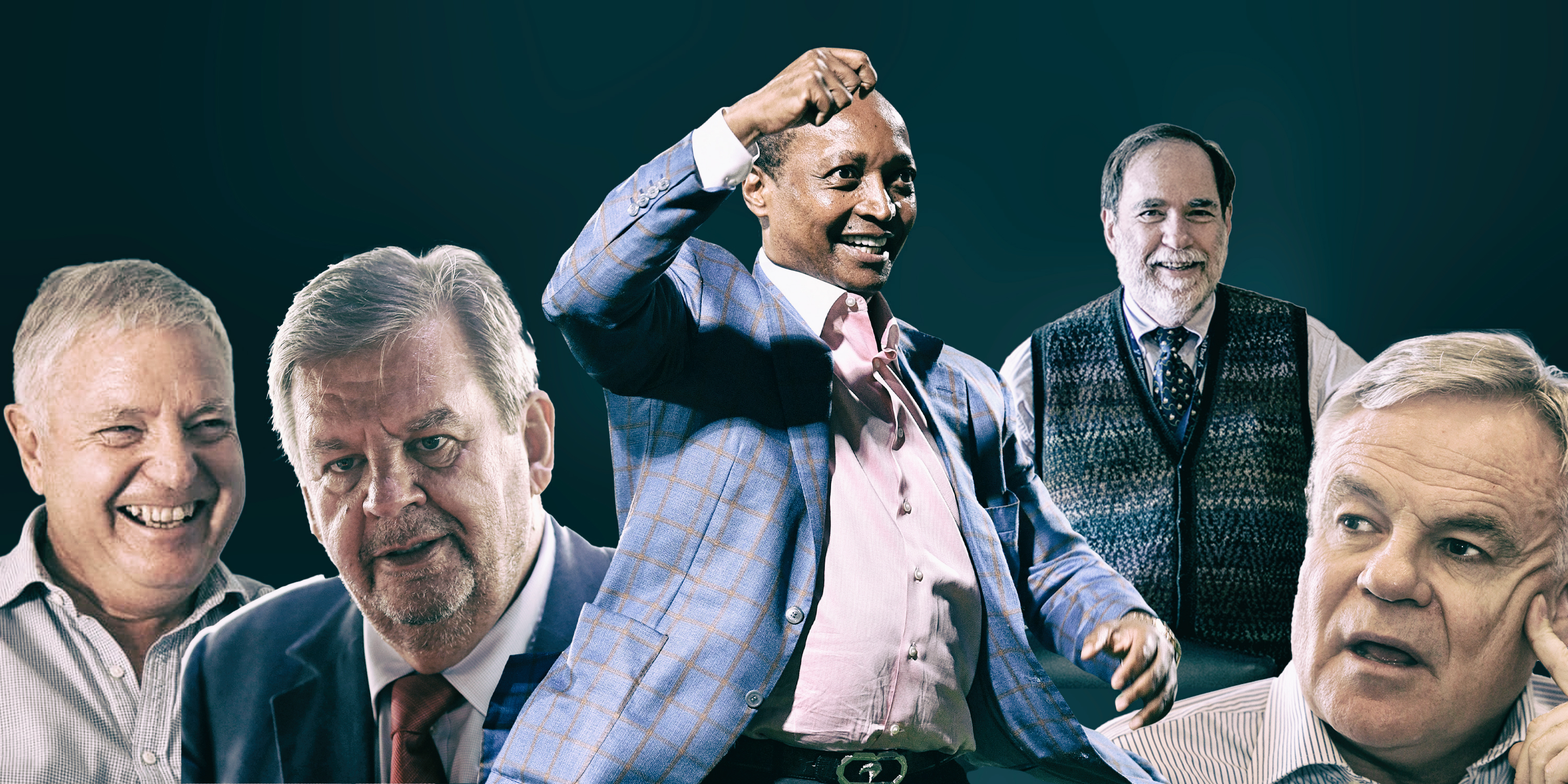Who wants to be a billionaire? I don’t know — maybe all of us? Forbes magazine has just released its 2024 list of billionaires and all of the ordinary clock-punchers of the world will be enormously relieved to know that there are more billionaires than there have ever been, 141 more than in 2023 and 26 more than the previous record, set in 2021.
Just to refresh your disgust, the super-rich are richer than ever and their combined wealth is now $14.2-trillion, an extraordinary $2-trillion more than a year ago and $1.1-trillion more than the previous record in 2021.
One doesn’t necessarily want to imply there is some sort of unfairness going on here, but it is worth pointing out that there is a lot of wealth inequality in the list and, like in the economy in general, the big bucks are concentrated at the top. The 14 people with more than $100-billion are collectively worth over $2- trillion in all. That means, Forbes tells us, that just 0.5% of the world’s 2,781 billionaires hold 14% of all billionaire wealth. OMG, it’s so unfair!
SA’s billionaires list looks extremely familiar, except for the addition of Christo Wiese, who returns to the list after a few years of absence provoked by the repercussions of the Steinhoff affair. The list is, as usual, topped by the Ruperts and the Oppenheimers, but what is remarkable about SA’s two richest families is how their wealth is now growing very fast, while the wealth of the next three on the list, Patrice Motsepe, Koos Bekker and Michiel Le Roux, has hit a stagnant patch.
SA’s two top richest families are interesting for different reasons. Johann Rupert was worth $4.6-billion in 2020 and is now worth $12.2-billion, a reflection of the extraordinary performance of Richemont, which is itself leveraged to global wealth. That is visible right at the top of the list: the world’s richest person, Bernard Arnault, oversees the LVMH empire, which is even more leveraged to global wealth. LVMH has 75 fashion and cosmetics brands, including Louis Vuitton and Sephora. However well Richemont has done, it’s been massively overshadowed by LVMH, and that is partly demonstrated by Arnault’s wealth, which has risen from $76-billion in 2020 to $233-billion.
Rupert is now head and shoulders richer than the Oppenheimer family, traditionally SA’s richest family — even though they have hardly been laggards. What is interesting is that since the family jettisoned De Beers in 2012 for $5-billion, they have been active and successful investors, but not to the extent you might expect. The family is now worth $9.5-billion; a tracker investment on the S&P500 would have garnered around $13-billion today, but I would guess some of their investments are longer term.
One thing that warms my heart is the appearance of more entertainers and sports stars on the list, with the addition of singer Taylor Swift and sportsman Michael Jordan. Ten of the 14 A-listers on the ranking have become billionaires in the past four years, Forbes tells us. Sadly, the creatives are outnumbered by the crypto billionaires; there are now 17 of them, which is a big change from last year and reflective of the stupendous bounce-back of crypto over this past year.
That brings us to the salient point: outside of offering titillation and the opportunity for gawkery, do these lists mean anything?
I think they do, but they are not so much maps as directional indicators. The rise of entertainers and retailers catering to the very rich, for example, tells us something about the direction of the global economy. You can love it or hate it, depending on your politics, but these trends are ignored at your peril.
One measure is SA’s limited production of billionaires. Just to take one example, Australia has 48 dollar billionaires. Vietnam, technically a communist state which was at war with the US until 1974, during which about a quarter of its population of four million died, now has as many dollar billionaires as SA — six. SA is missing the billionaire boat and the stagnant economy is the reason. Obvs.
In a larger sense, the list does suggest that global cleavages are becoming more intense. It’s a common notion that the world is becoming more unequal, but this is not true. Some European and North American countries are becoming more unequal, but globally, the rise of the middle class in Asia, for example, has evened out the international picture. When masses of moderately poor people become richer, Gini coefficients reflect a flatter profile, even as the rich are getting richer.
And yet, growing inequality in the developed world is a concern. How much of a concern? I’m not sure, but if I had a choice of having more billionaires on the planet and a richer population in general, on the one hand, and fewer billionaires, and a poorer population, on the other, I would opt for the former. It seems clear that in developing countries, at least, the rise of billionaires and the rise of general wealth are joined at the hip — a demonstration, as if we needed one, that the rich don’t normally attain their wealth at the expense of the poor, but rich and poor move up the wealth ladder in tandem — if they do at all.
If that is the case, we should applaud growing billionairedom, or at least bemoan its lack, however other-worldly being that rich might seem. DM
Business Maverick
After the Bell: Who wants to be a billionaire? The true value of the super-rich





